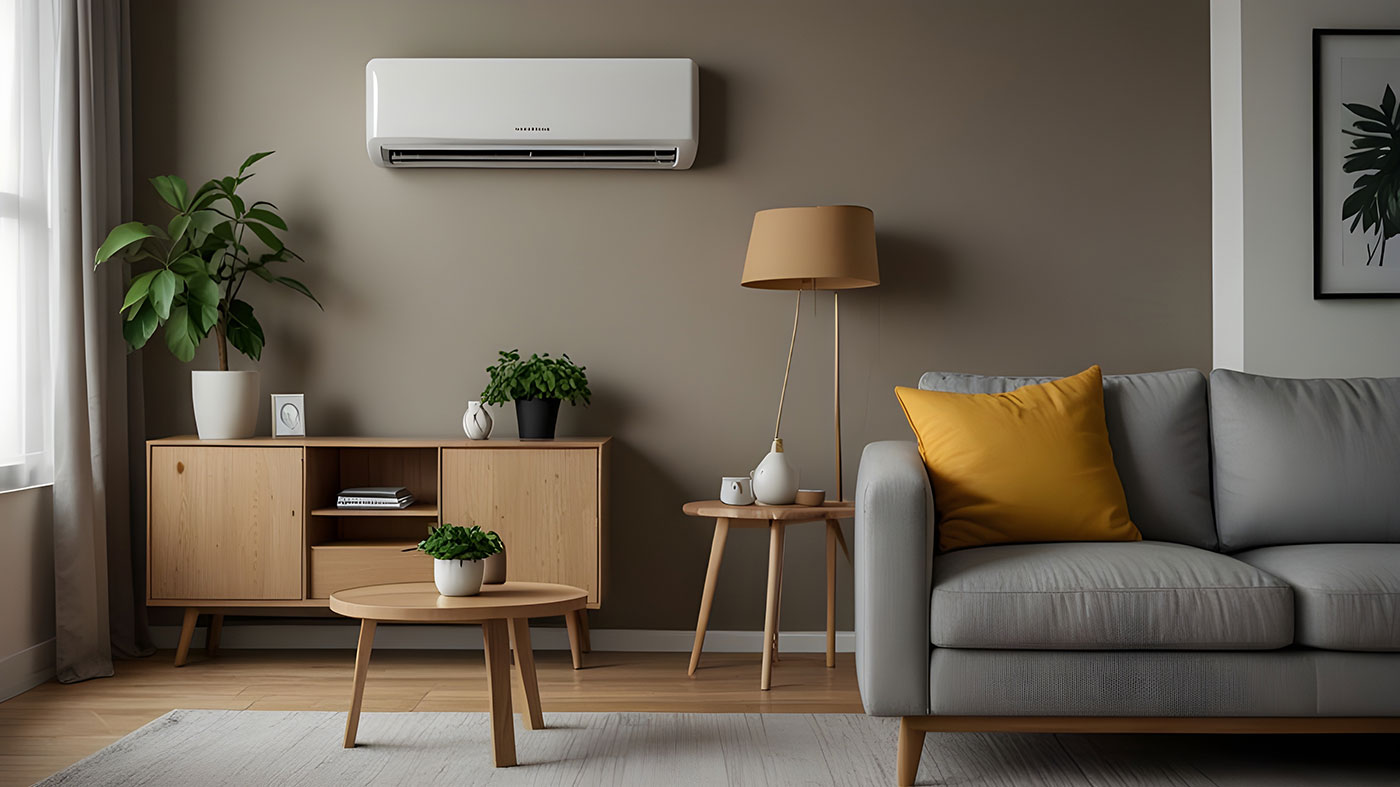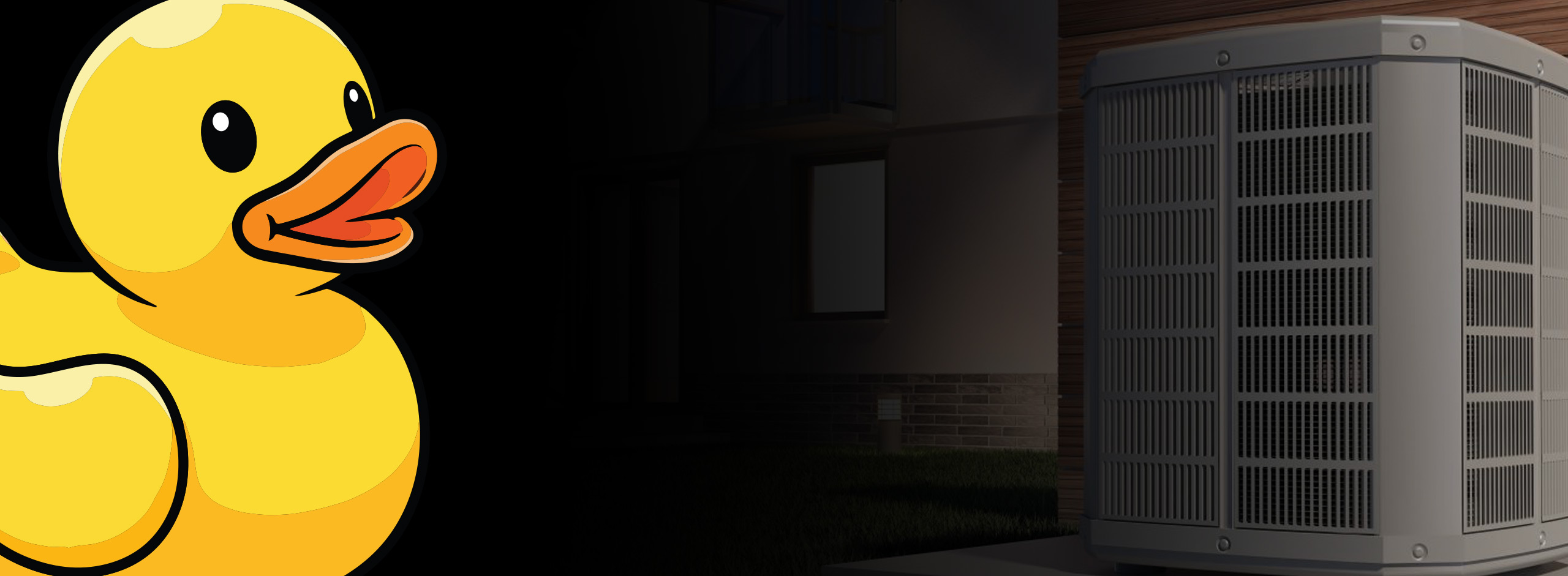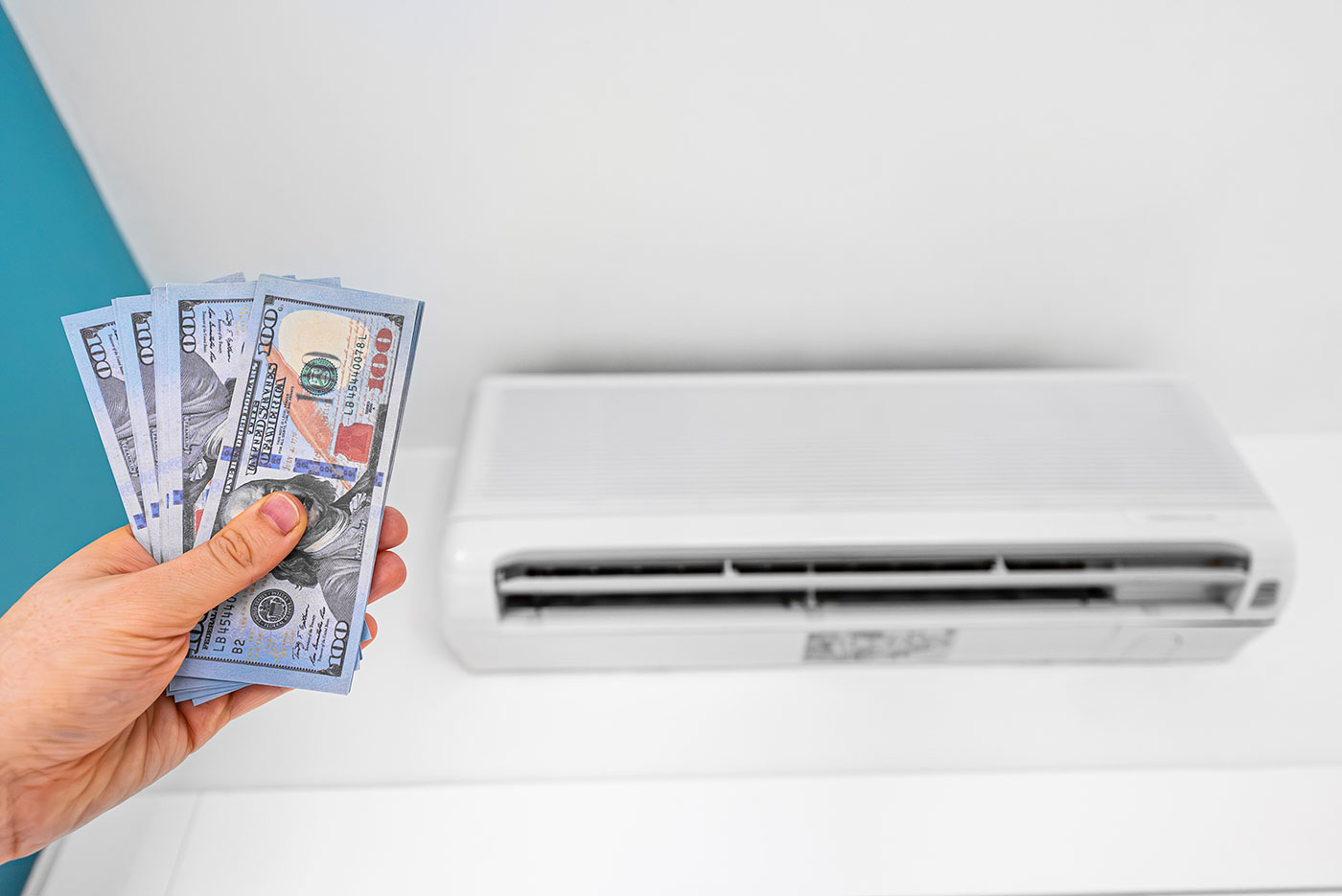24Hour Callout

Here’s how mini-split systems work:
Mini-split systems consist of two main components: an outdoor unit and one or more indoor units. The outdoor unit houses the compressor, condenser coil, and expansion valve, while the indoor units contain the evaporator coil and air-handling fan.
Similar to traditional HVAC systems, mini-splits operate on the principles of refrigeration. A refrigerant, typically a type of environmentally friendly hydrofluorocarbon (HFC), circulates between the outdoor and indoor units through copper tubing.
– In cooling mode, the outdoor unit absorbs heat from the outdoor air and releases it into the refrigerant, causing it to evaporate into a gas.
– The gaseous refrigerant travels to the indoor unit(s), where it releases heat into the indoor air through the evaporator coil. The indoor fan distributes the cooled air throughout the room.
– In heating mode, the process is reversed. The outdoor unit absorbs heat from the outdoor air, even in cold temperatures, and transfers it indoors through the refrigerant. The indoor unit(s) then release the heat into the indoor air.
One of the key advantages of mini-split systems is their ability to provide individualized zone control. Each indoor unit can be independently controlled with its own thermostat, allowing occupants to set different temperatures for each room or zone. This flexibility enhances comfort and energy efficiency by avoiding the need to heat or cool unoccupied spaces.
Mini-split systems are relatively easy to install compared to traditional ducted HVAC systems. The outdoor unit is typically mounted on an exterior wall or placed on the ground, while the indoor units are mounted high on interior walls. The indoor and outdoor units are connected by refrigerant lines and electrical wiring.
Mini-split systems are commonly used in residential homes, multi-family housing, commercial buildings, and retrofit applications where ductwork installation is impractical or cost-prohibitive. They are also popular for room additions, converted spaces, or areas with specific heating and cooling needs.
Overall, mini-split systems offer energy-efficient, customizable heating and cooling solutions with easy installation and individualized zone control, making them a versatile option.





